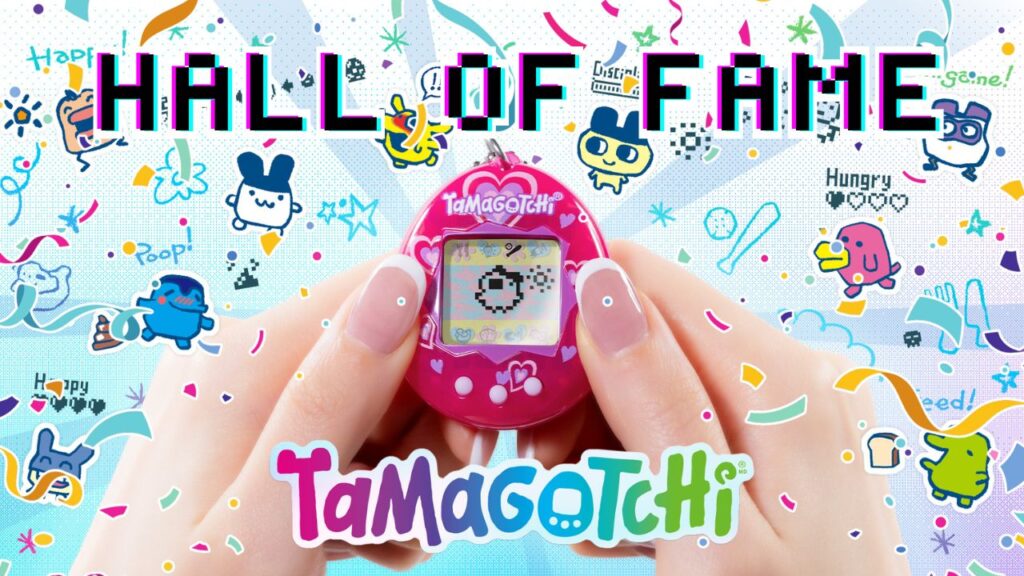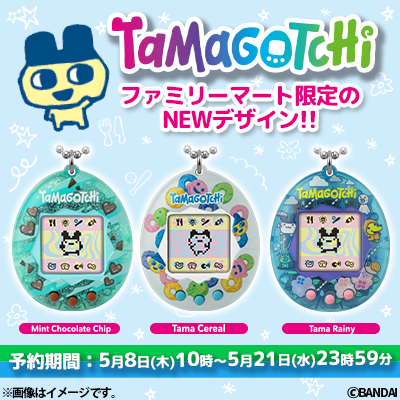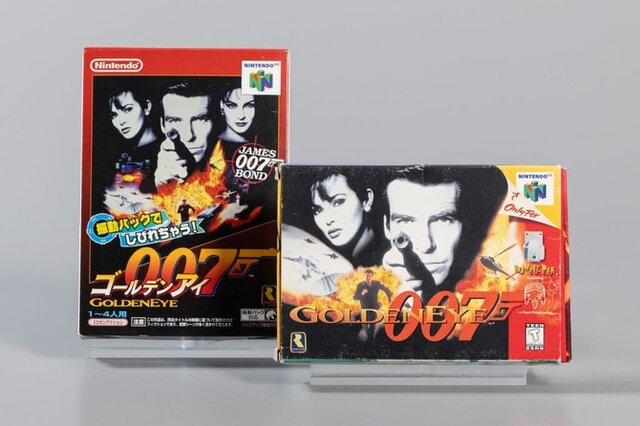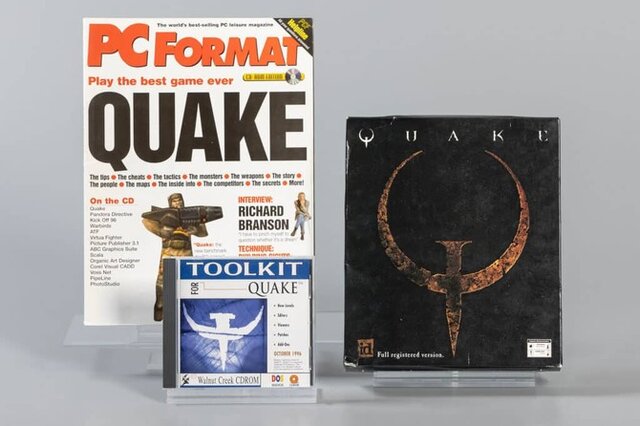Tamagotchi inducted into the World Video Game Hall of Fame

Tamagotchi has entered the World Video Game Hall of Fame as one of four new additions for 2025.
The Hall of Fame, based at The Strong museum in Rochester, New York, recognizes influential games that have left an indelible mark on the history of interactive entertainment.

As well as the handheld digital pet phenomenon, “Tamagotchi” (1996), this year’s inductees include the pioneering arcade shooter “Defender” (1981), the groundbreaking console first-person shooter “GoldenEye 007” (1997) and the revolutionary 3D engine innovator “Quake” (1996).

These four titles were chosen for their significant impact on the video game industry, their sustained popularity, and their influence on subsequent games and popular culture.
Tamagotchi marks yet another Japanese entry into the roster of the Hall of Fame and takes its place alongside numerous iconic Japanese games such as Sonic the Hedgehog, Final Fantasy VII, The Legend of Zelda, Super Mario Kart and Pokémon Red/Green.

Tamagotchi, represents a unique bridge between traditional toys and video games. This handheld electronic game introduced digital pets that owners could nurture and raise through simple button presses.
New versions of the digital pet continue to be released, with recent additions to the series including special collaborations with Japanese convenience store chain FamilyMart and the iconic cartoon strip PEANUTS.

Tamagotchi sparked a global craze and significantly contributed to the popularity of the pet simulation genre in video games, directly influencing hit titles like Neopets and Nintendogs, as well as numerous social media and app-based games.

Kristy Hisert, Collections Manager at The Strong, highlighted its cultural impact:
“Tamagotchi not only fostered nostalgia, but offered a unique way to play that was different from popular video games of the time. It gave players a sense of connection, compassion and customization, and offered a welcome respite from the competitive and wall-to-wall gaming. Tamagotchi’s legacy can be seen in popular pet simulation games that have followed on traditional gaming platforms, the internet and personal devices.”
“Defender”, a complex and challenging arcade game, proved that players were receptive to more intricate gameplay experiences. Combining tense side-scrolling shooter action with demanding controls, it became a commercial success, selling over 55,000 units and paving the way for a market that embraced more difficult and rewarding games.

Jeremy Saucier, Assistant Vice President of Interpretation and Electronic Games at The Strong, noted:
“Defender was one of the first games to raise the competitive bar in arcades and truly differentiate between dedicated and casual players. It paved the way for richer games by challenging the conventional wisdom that players would reject more complex arcade games.”
“GoldenEye 007,” released for the Nintendo 64, remains the third best-selling game on the Nintendo 64 and garnered critical acclaim for multiplayer gameplay. Its standout four-player multiplayer mode was particularly influential, shaping the landscape of subsequent multiplayer games on consoles.

Andrew Borman, Director of Digital Preservation at The Strong, stated:
“Critics hailed ‘GoldenEye 007’ as a prime example of a first-person shooter that succeeded on console rather than PC, and it remains one of the best multiplayer games ever made for a Nintendo system. Its influence can be felt in nearly every console FPS that followed, including Microsoft’s Halo series in 2001.”
“Quake” is a first-person shooter that shook the gaming industry upon its release, revolutionized the genre with its cutting-edge 3D engine. Its multiplayer mode was also instrumental in the rise of eSports, establishing a competitive online gaming scene that continues to thrive.

Lindsey Kurano, Video Game Curator at The Strong, emphasized its lasting impact:
“Quake’s legacy lives on through its atmospheric single-player campaign, its influence on online gameplay, its vibrant modding community, and its influence in creating and shaping esports. Not only that, but Quake’s code is a literal legacy. Decades after its release its DNA, its code, is still present in few modern games.”
A number of other titles were nominated but not inducted into the 2025 World Video Game Hall of Fame.

Unsuccessful nominees included “Age of Empires”, “Angry Birds”, “Call of Duty 4: Modern Warfare”, “Frogger”, “Golden Tee”, “Harvest Moon”, “Mattel Football” and “NBA 2K”.
The inclusion of Tamagotchi in this year’s class highlights the diverse forms that influential games can take, extending beyond traditional console and PC experiences to encompass handheld electronic devices that captured the imaginations of millions.

It also recognizes the huge cultural impact of the Tamagotchi, given that it beat other incredibly popular gaming franchises that have also made their mark in popular culture, such as Call of Duty and Angry Birds, to earn a place in this years Hall of Fame.
Source: The Strong National Museum of Play
Images: © The Strong National Museum of Play/World Video Game Hall of Fame

This post may contain affiliate links, and Essential Japan may earn a commission if you purchase through them.






